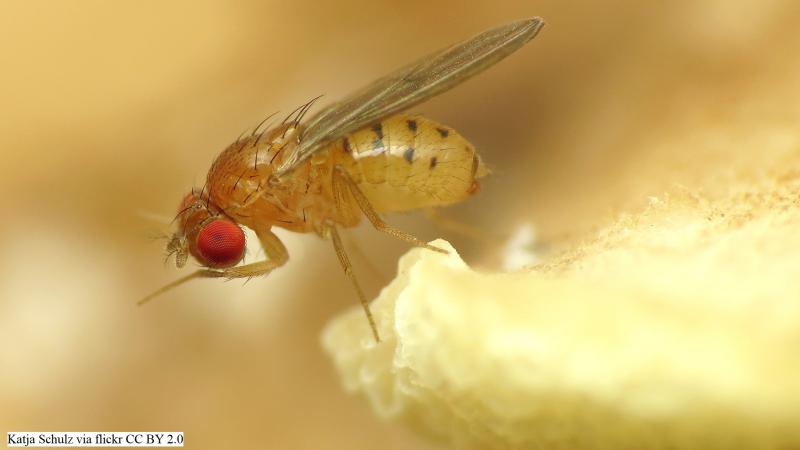
Biology lessons from school often hail planaria for their ability to grow into complete organisms from a small body part. But, did you know that many parts of other organisms, including ours, can regrow too? Our liver, for example, has the power of regeneration. In fruit flies, some epithelial tissues of the larvae can grow into external body parts of the adults. In a recent study, researchers from two Spanish institutes—the University of Barcelona and the Barcelona Institute of Science and Technology, and the Centre for Cellular and Molecular Biology (CCMB), Hyderabad, have identified some genes and regulatory elements involved in this process.
Biologists across the world are trying to decipher the mechanism behind the regeneration process by identifying the associated genes and regulatory elements. This information could help in artificially inducing regeneration in other organisms that have a limited power to regenerate. In this study, published in the journal Genome Research, the researchers have studied the imaginal discs—epithelial tissues found in the larvae of some insects—to understand the process of regeneration in Drosophila or fruit fly.
The researchers of the study induced cell death in the imaginal discs, which are destined to develop into the wings of the fruit flies, and allowed them to regrow. During this process, they studied the various genes that were active in different stages of regeneration. They also examined the location of these genes in the chromosome and found that many of the genes that were active during early and mid-regeneration are located close to one another. The study identified three groups of regulatory elements or DNA sequences called ‘damage-responsive regulatory elements’ that play a vital role in the regeneration process. A complete regenerative response requires a combined action of all the three elements.
The researchers also looked to see if similar genes and regulatory elements are present in other organisms by comparing these with the genes of zebrafish and mice expressed during the regeneration of their organs. They found that a set of genes responsible for the regeneration process were present in all. They also observed that many essential genes, like the ones responsible for transcription of genetic information from DNA to messenger RNAs and play a significant role in the regeneration process, are also found in mice and zebrafish.
This study is a perfect example of how modern-day genome-wide studies could be used for a detailed understanding of a biological process like regeneration and how such outcomes might help in understanding and studying other organisms.






